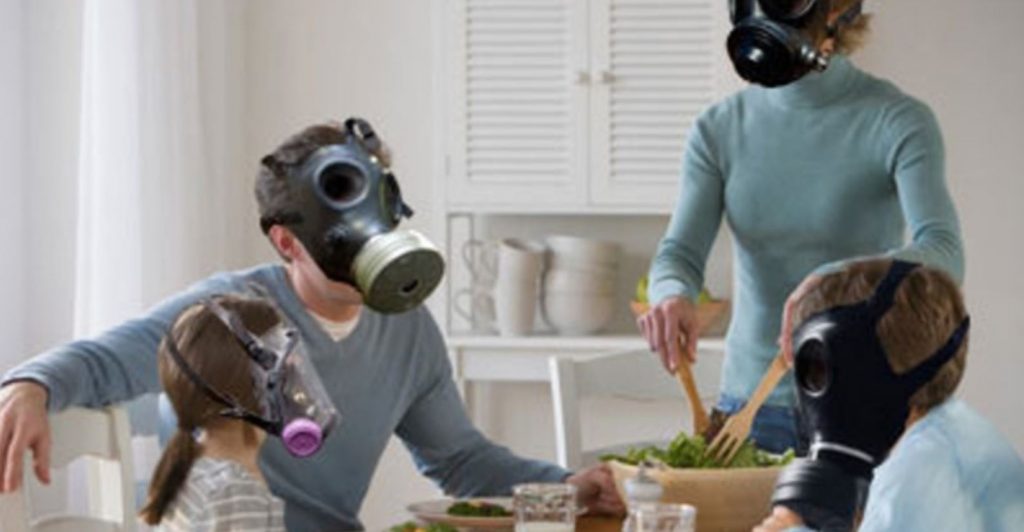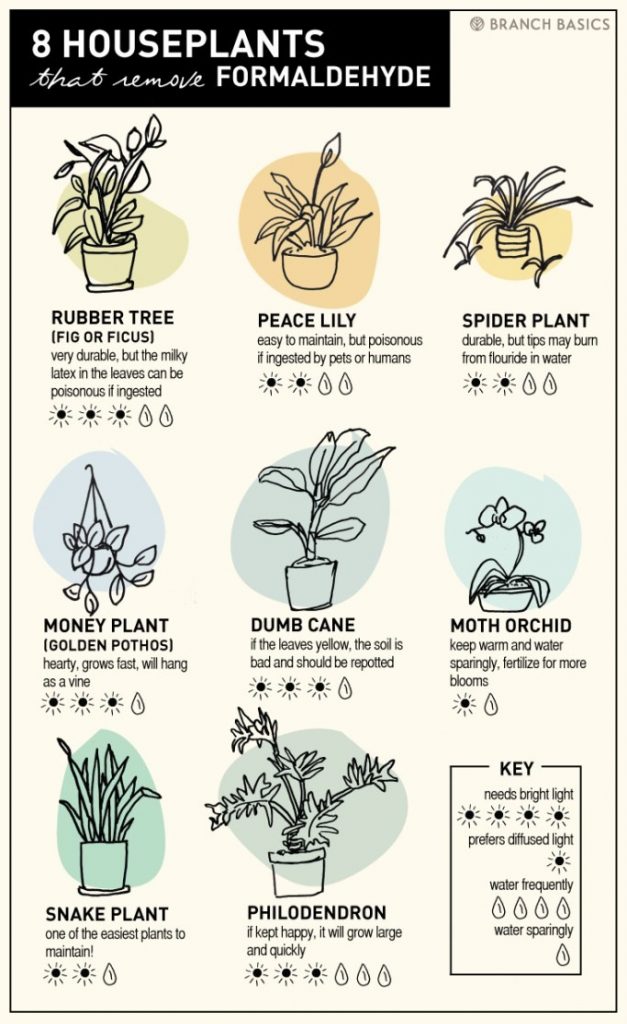Does it seem as if it’s getting a little harder to breathe? You may not be mistaken. That may not be just a figment of your imagination, especially with all the varied and unsuspected sources of air pollution resulting especially from the proliferation of chemical companies tripping over themselves to introduce new scents.
Perfumes from natural sources have been around since time immemorial. A perfume maker was discovered on a 1200 BCE Cuneiform tablet in Babylonian Mesopotamia. [Wikipedia]
Perfumery existed in the ancient Indus civilization (3300 BCE – 1300 BCE), while Ayurveda texts contain many references to herbs and other botanicals used for healing. [Wikipedia]
Moving into the ‘modern’ era, Europe started to become involved with perfumery around the 14th century. France became the center of European scent and perfumes with the region around Grasse becoming the premiere center, now recognized as the world capital of perfume. [Wikipedia]
I must say Grasse is quite the place. I visited there in 1990, and one cannot believe the natural scents wafting in that entire region from all the flowers grown to provide perfumers their raw ingredients, Nature’s scented flowers.
However, chemical companies began introducing synthetic scents, which makes much of the modern day perfumes possible, plus other fragrances used in various fragranced consumers’ products and commercial industries, which now are causing adverse health reactions for many sensitive individuals.
Those folks sensitive to scents and other environmental pollutants medically are classified as having “Multiple Chemical Sensitivities” or MCS. It’s become a globally-recognized health problem even the World Health Organization identifies and calls it “Idiopathic Environmental Intolerance” or IEI.
A study was performed on a U.S. cross-section population in June 2016 and here are some of the results:
- 12.8% of the population surveyed report medically diagnosed MCS
- 25.9% report chemical sensitivity
- MCS diagnoses increased over 300% in the past decade
- Self-reported chemical sensitivity increased over 200%
Professor Anne Steinemann, PhD, The University of Melbourne, Melbourne, Australia, authored the article “National Prevalence and Effects of Multiple Chemical Sensitivities” published in the March 2018 issue of the Journal of Occupational and Environmental Medicine, Volume 60, Issue 3, p e142-e156, as an open access article with proper attribution (doi: 10.1097/JOM.0000000000001272), which she had emailed to me. I’ve been following her work for several years, even before she moved to Australia.
In the Background section of her paper, Dr. Steinemann states:
Multiple chemical sensitivities (MCS) is a medical condition characterized by adverse health effects from exposure to common chemicals and pollutants, from products such as pesticides, new carpet and paint, renovation materials, diesel exhaust, cleaning supplies, perfume, scented laundry products, and air fresheners.1,2 MCS can cause a range of acute, chronic, multiorgan, and disabling health effects, such as headaches, dizziness, cognitive impairment, breathing difficulties, heart palpitations, nausea, mucous membrane irritation, and asthma attacks.3 Individuals with MCS may not receive a diagnosis but nonetheless exhibit the condition of chemical sensitivity.
She identifies the most obvious of products that cause MSC reactions, i.e., household cleaning products, paints, perfumes, detergents, and insect sprays. To which I’d like to add scented products such as scented candles, room fresheners, dryer fragrance sheets, hair spray, dry cleaning, and the ubiquitous presence of new clothing sizing with its offensive and caustic odors. Many chemical scents contain formaldehyde [1]—a product in commercial cabinetry making that gasses out offensive olfactory fumes. It’s a carcinogen, plus many synthetic scents are made from petrochemicals, and include it.
Did you know there are houseplants that can remove formaldehyde from your home environment?
Those man-made molecules are something humans did not evolve with over the process of evolution, so our bodies don’t know how to handle them effectively. Therefore, they become irritants and cause adverse reactions, especially for those who have impaired immune systems or are “cross-contaminated” with toxic heavy metals—something most holistic and integrated medicine doctors know to look for and treat.
Dr. Steinemann claims “MCS is widespread and increasing in the US population: an estimated 25.6 million adults are diagnosed with MCS, and an estimated 51.8 million adults report chemical sensitivity”.17
Furthermore, “exposure to fragranced consumer products is associated with lost workdays or a job, in the past year, for 11.0% of the adult population with MCS or chemical sensitivity, representing an estimated 22 million Americans.”
Have you ever given thought to what caustic chemical scents can do to your olfactory senses besides compromising you with MCS or IEI?
According to NIH,
What are the smell disorders?
People who have a smell disorders either have a decrease in their ability to smell or changes in the way they perceive odors.
- Hyposmia [high-POSE-mee-ah] is a reduced ability to detect odors.
- Anosmia [ah-NOSE-mee-ah] is the complete inability to detect odors. In rare cases, someone may be born without a sense of smell, a condition called congenital anosmia.
- Parosmia [pahr-OZE-mee-ah] is a change in the normal perception of odors, such as when the smell of something familiar is distorted, or when something that normally smells pleasant now smells foul.
- Phantosmia [fan-TOES-mee-ah] is the sensation of an odor that isn’t there.
What are some of the causes of smell disorders according to NIH?
Exposure to certain chemicals, such as insecticides and solvents
Numerous medications, including some common antibiotics and antihistamines
Radiation for treatment of head and neck cancers
Also, there are caustic chemicals and other “components” used in weather geoengineering, i.e., chemtrails—those lines in the sky folks think are contrails. According to the website “Stop Spraying California,” the following have been found in independent assay tests taken across the USA:
- Aluminum (known to cause tinnitus)
- Arsenic
- Barium salts
- Cadium [s/b Cadmium]
- Desiccated human blood cells
- Ethylene dibromide
- Lead
- Magnesium
- Mercury
- Mold spores
- Mycoplasma
- Polymer fibers
- Radio cesium
- Sharp titanium shards
- Stonthium [s/b Strontium]
- Submicron particles
- Unidentified living bacteria
- Uranium
- And many other toxins
Infants and young children are most susceptible to contracting breathing problems, especially asthma.
Moms who use perfume or hair spray probably never think what cradling their babies does to them, especially from using scented products or laundered clothing using a synthetic anti-static dryer fragrance sheet. Baby’s laundry should never be done using scented laundry products, in my opinion.
Another hint is to let fresh air into the house every so often. Too many houses are not allowed to “breathe” and that’s not good for air quality and eliminating indoor air pollution. Here’s an EPA website, “The Inside Story: A Guide to Indoor Air Quality” about indoor air pollution. I suggest checking out the right hand side bar for various sources of information.
References:
[1] 23 Sources of Formaldehyde to Remove from Your Home, Starting Right Now
https://branchbasics.com/blog/2015/04/23-sources-of-formaldehyde-to-remove/
Resources:
What A Lovely Molecule You’re Wearing
https://www.elle.com/beauty/makeup-skin-care/a40510/chemical-attraction/
Ingredient Watch List: Synthetic Fragrance Exposes You to Hundreds of Chemicals
https://www.annmariegianni.com/ingredient-watch-list-synthetic-fragrance-exposes-you-to-hundreds-of-chemicals/
Catherine J Frompovich (website) is a retired natural nutritionist who earned advanced degrees in Nutrition and Holistic Health Sciences, Certification in Orthomolecular Theory and Practice plus Paralegal Studies. Her work has been published in national and airline magazines since the early 1980s. Catherine authored numerous books on health issues along with co-authoring papers and monographs with physicians, nurses, and holistic healthcare professionals. She has been a consumer healthcare researcher 35 years and counting.
Catherine’s latest book, published October 4, 2013, is Vaccination Voodoo, What YOU Don’t Know About Vaccines, available on Amazon.com.
Her 2012 book A Cancer Answer, Holistic BREAST Cancer Management, A Guide to Effective & Non-Toxic Treatments, is available on Amazon.com and as a Kindle eBook.
Two of Catherine’s more recent books on Amazon.com are Our Chemical Lives And The Hijacking Of Our DNA, A Probe Into What’s Probably Making Us Sick (2009) and Lord, How Can I Make It Through Grieving My Loss, An Inspirational Guide Through the Grieving Process (2008)
Catherine’s NEW book: Eat To Beat Disease, Foods Medicinal Qualities ©2016 Catherine J Frompovich is now available.



Be the first to comment on "What Are We Breathing?"